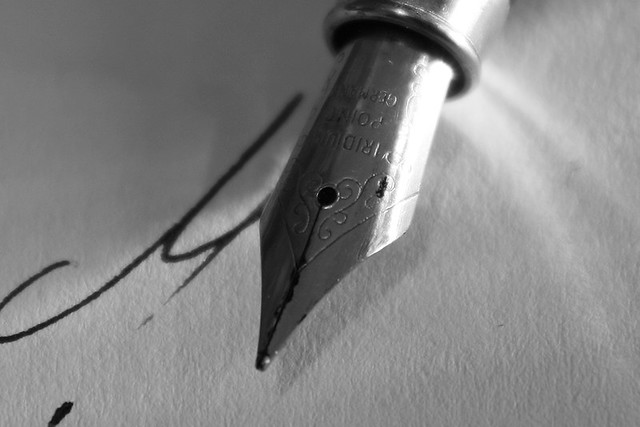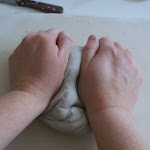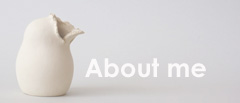Note: If you would like to guest post @ ArtMind please contact me (mitsy@artmind.eu) and I'll send you the 'how-to-blog@ArtMind' -info.
By Maria Rainier of onlinedegrees.org
If you’re a writer, you should write very day to keep your creativity flowing – but sometimes, the very idea of daily writing can kill any creativity that might have been trying to work its way to the surface. When that happens, it’s important to have a few tricks in your back pocket to help you get back into your creative writing mentality.
And even if you’re not a writer, writing one of these poems is fun and can help you get creative with any other medium, such as music or visual art. You can unlock some fascinating sounds and images with words, so creative writing is a great tool for any artist. These poem types both have strong scaffolding in the forms of syllabic and word count structures, so all you have to do is supply the words. If you’re suffering from “creator’s block,” try putting on your writer’s hat and tackle one or both of these poems.
The Etheree
This poem consists of ten lines – not scary at all, even if you were that kindergartener who couldn’t write your name correctly. The first line contains one syllable, the second contains two, and so on until you’ve reached the tenth line with ten syllables (see examples here). You can even tack on a reverse etheree, starting the first line at ten syllables and ending with one. This gives a fun shape to your poem and provides some good structure for your creativity – as all artists know, creativity can get out of control, but you don’t have to worry about that with this type of poem. If you’re struggling to get started, try focusing on your first word as something you want to describe, such as “art” or “muse” and go from there. Just remember to count the syllables in every line to make sure you’re writing your etheree correctly, and you’ll have a poem to be proud of – maybe even worthy of the refrigerator.
The Diamante
For this type of poetry, you’ll get a few more guidelines than you did with the etheree. The diamante has seven specific steps for you to take, corresponding with its seven lines:
Line 1: Noun or subject
Line 2: Two adjectives describing the first noun/subject
Line 3: Three “-ing” words describing the first noun/subject
Line 4: Four words: two about the first noun/subject, two about the antonym/synonym
Line 5: Three “-ing” words about the antonym/synonym
Line 6: Two adjectives describing the antonym/synonym
Line 7: Antonym/synonym for the subject
You have a choice here as an artist – do you want to end with a synonym for your subject or an antonym? If you choose to use an antonym, you’ll get a fun “transformation” effect from the first line to the seventh, but a synonym will give you a more subtle and relaxed poem. Whatever you choose, you’ll have to get creative and get back to being your usual artsy self.
Bio: Maria Rainier is a freelance writer and blog junkie. She is currently a resident blogger at First in Education and performs research surrounding online degrees. In her spare time, she enjoys square-foot gardening, swimming, and avoiding her laptop.
Friday, February 4, 2011
Guestpost: 2 Types of Simple Poetry that Inspire Creativity
2011-02-04T07:01:00+01:00
Mitsy / ArtMind
guest post|guestpostmaria|on line degrees|writing|
Subscribe to:
Post Comments (Atom)










